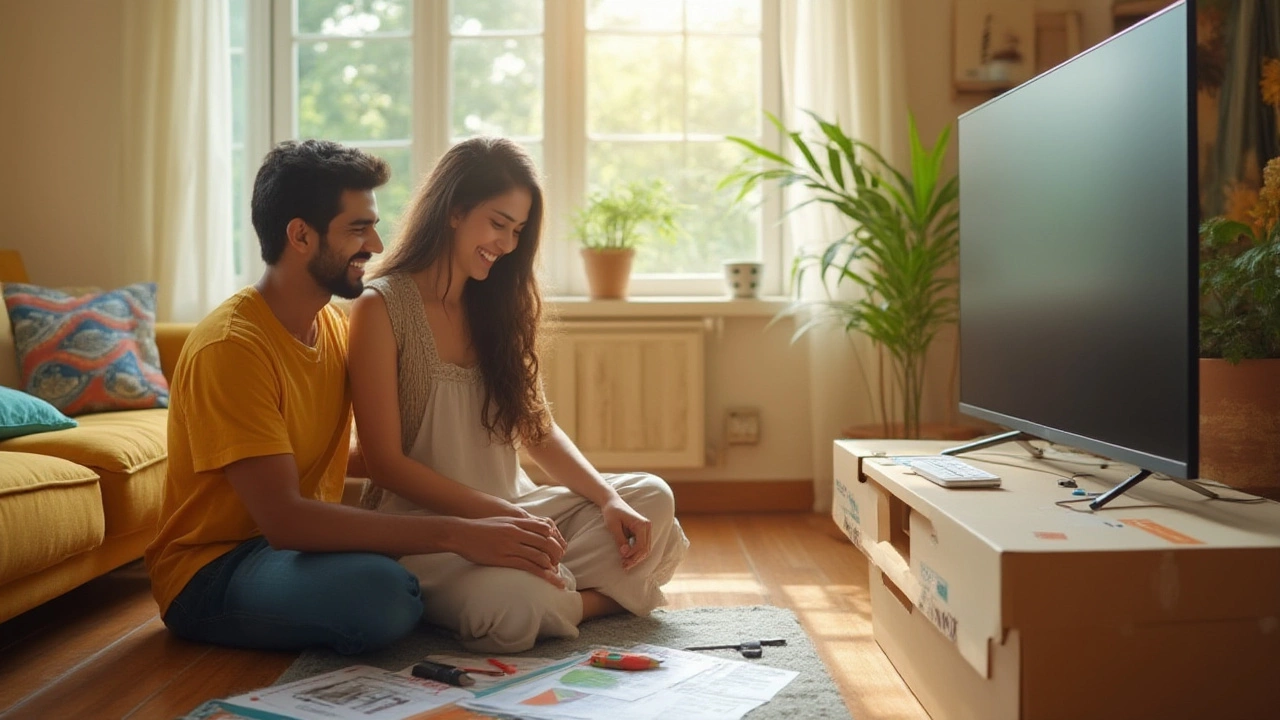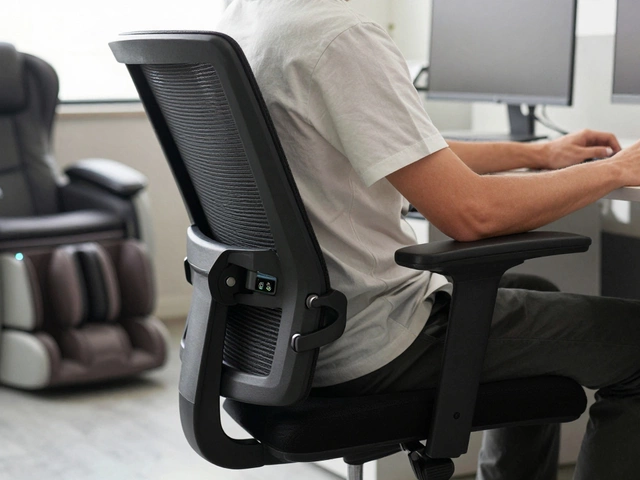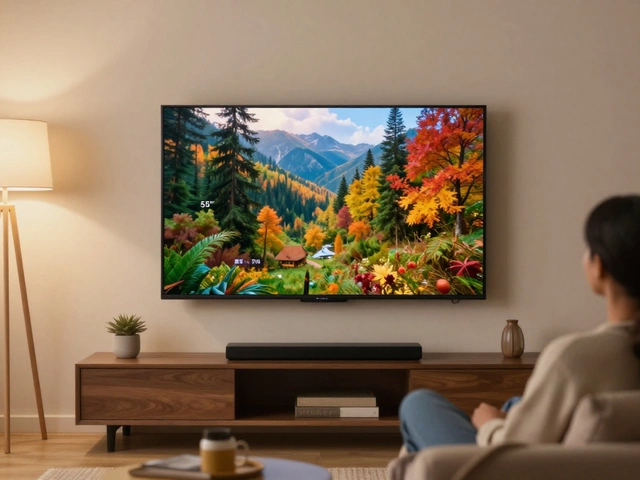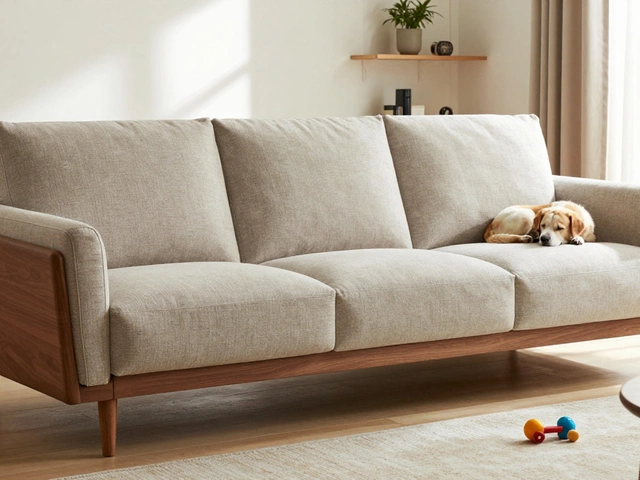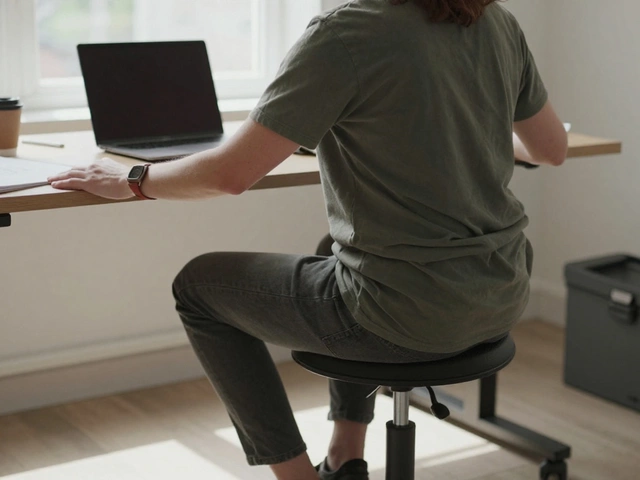Set Up TV: Easy Guide to Placement, Height, and Matching Furniture
Putting a new TV in your living room can feel like a bigger job than it really is. The right spot, the right height, and the right furniture can make a huge difference in how you watch movies or binge shows. Below are straight‑forward steps that get your screen looking great without the guesswork.
Pick the Best Spot and Height
First, decide where you’ll watch most often. If you usually sit on a sofa, measure the distance from the couch to where the TV will go. A good rule of thumb is that the viewing distance should be about 1.5 to 2.5 times the diagonal screen size. For a 55‑inch TV, aim for roughly 7 to 11 feet away.
Next, set the height. The ideal eye‑level height places the screen’s center about 42 inches from the floor for most seated viewers. To check, sit on your couch, stare straight ahead, and note where your eyes land. Adjust the TV up or down until the middle of the picture lines up with that spot. If the TV sits too low, use a low‑profile TV stand; if it’s too high, consider a wall mount that lets you raise or lower the unit.
Make sure the area is free of glare. Large windows or bright lights can wash out the picture. Position the TV so that light hits the screen from the side or use curtains to soften direct sunlight. A simple tilt on the mount can also reduce reflections.
Match the Stand and Mount Safely
When you pick a TV stand, think about style, size, and stability. The stand’s top should be at the same height you measured for eye level. Measure the TV’s base dimensions and choose a stand that’s at least a couple of inches wider on each side for a balanced look. If you have a matching coffee table or bookshelf, echo the same wood tone or metal finish for visual harmony.
If you prefer a wall mount, verify that the mount’s VESA pattern matches your TV’s mounting holes. Most modern TVs list the VESA size in the manual (for example, 400 × 200 mm). Choose a mount rated for the TV’s weight—never guess. Use a stud finder to locate wall studs and secure the mount into them; drywall alone can’t hold a large screen safely.
After mounting, double‑check that the TV is level. A quick bubble level or even a smartphone app will do the trick. Tighten all bolts, but don’t over‑tighten, as this can strip the threads. Finally, run your cables (HDMI, power, audio) through the back of the stand or use cable raceways to keep everything tidy.
With these steps, you’ll have a TV that looks great, feels comfortable to watch, and blends seamlessly with the rest of your room. No need for a professional installer unless you’re dealing with a massive screen or a tricky wall. Just follow the basics, measure twice, and enjoy your new setup right away.
How to Put a Stand on a Smart TV: Step-by-Step Guide for Modern TVs
Putting a stand on a smart TV isn’t rocket science, but it pays to get it right. Here’s a hands-on guide to assembling, attaching, and troubleshooting smart TV stands at home.
